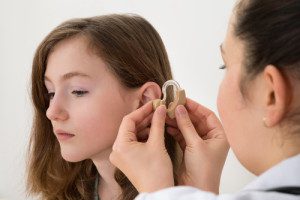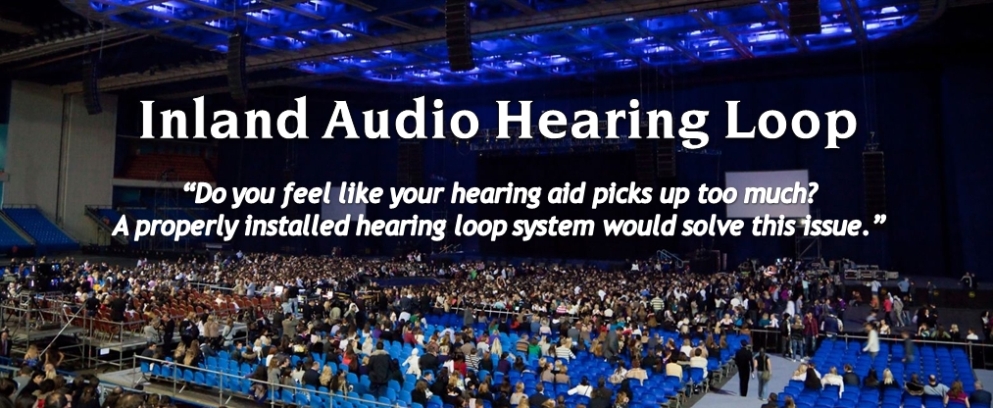Hearing Loop Systems work with most Hearing Aids.
 Hearing Loop Systems work with hearing aids are fitted with a t-coil (65-75%) but the audiologist may not have turned on the program or the volume may be set very low and need to be adjusted to hear satisfactorily through a loop.
Hearing Loop Systems work with hearing aids are fitted with a t-coil (65-75%) but the audiologist may not have turned on the program or the volume may be set very low and need to be adjusted to hear satisfactorily through a loop.
In some cases it is possible to add T-coils to existing hearing aids, but usually at greater cost than the minimal cost of t-coils with original purchase. An audiologist can advise on cost.
There are international performance standards to ensure that those who have a t-coil hearing aid get a consistent quality of service, regardless of the venue. For this reason equipment manufacturers and certified systems integrators have a vested interest in maintaining the objectives set forth in the IEC60118-4 standard.
In 2014, the Consumer’s Guide to Hearing Aids reported that 323 of 415 hearing aid models (71.5%) were now coming with telecoils, as were 81% of models larger than the miniaturized completely-in-the canal aid. Moreover, the greater people’s need for hearing assistance, the more likely they are to have hearing aids with telecoils as did 84 percent of Hearing Loss Association of America members in one survey. New model cochlear implants also offer telecoils.
You may ask, “Can hearing loops serve those without telecoils or without hearing aids?” In this case, there are some business or public locations that offer all forms of assistive listening, including hearing loops, that come with portable receivers and headsets, all though most folks do not know of these units exist and fail to ask about the availability of them.
